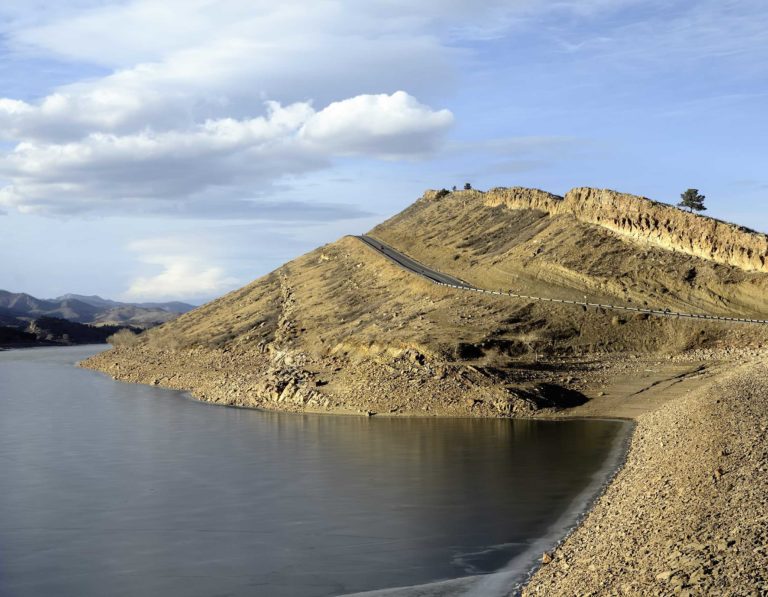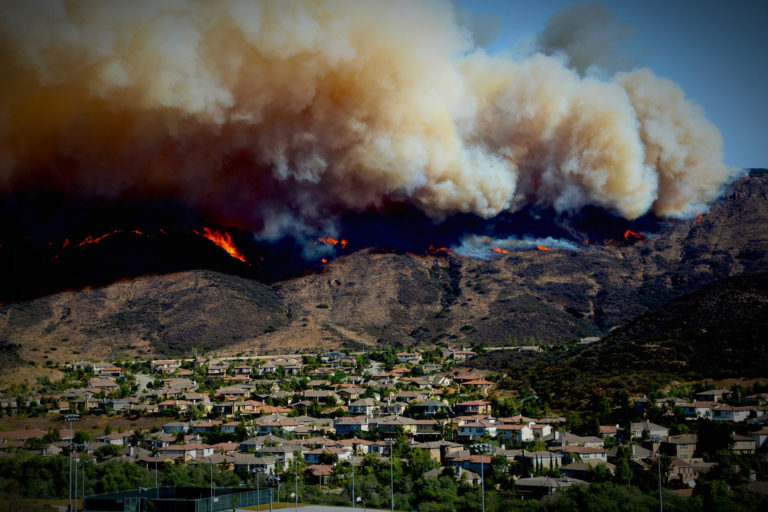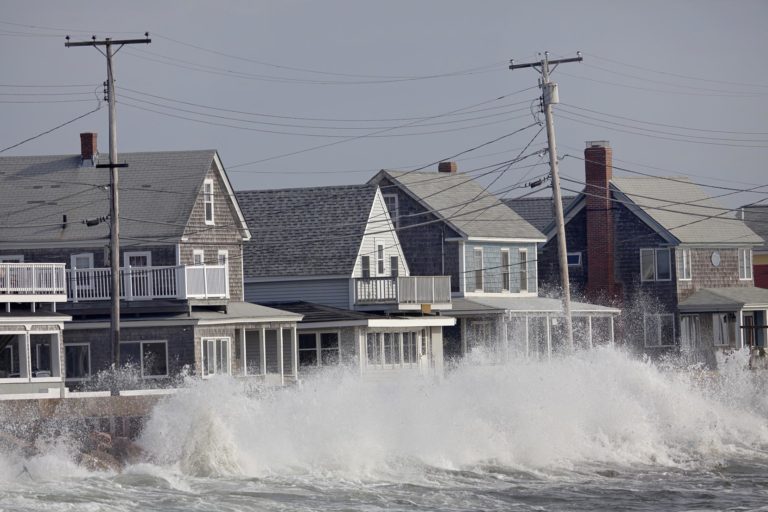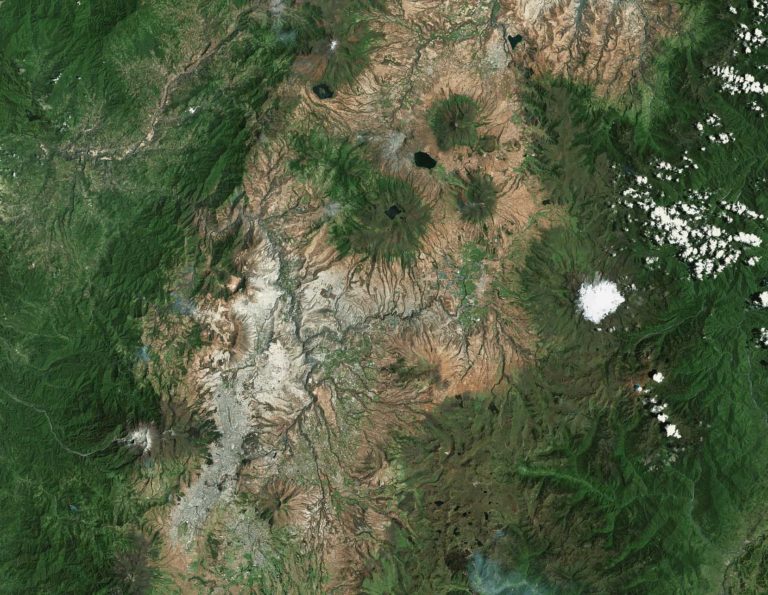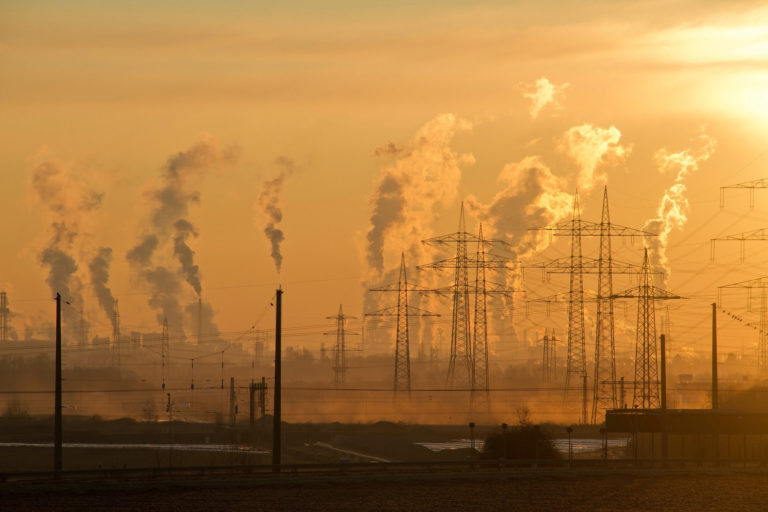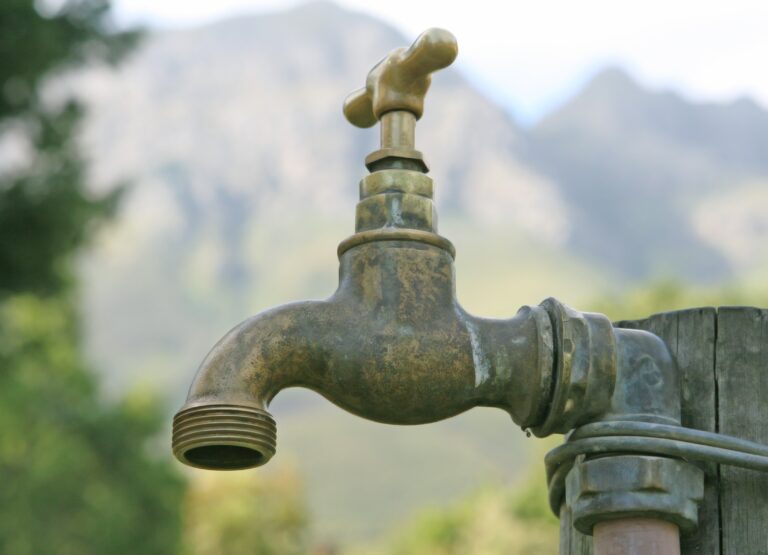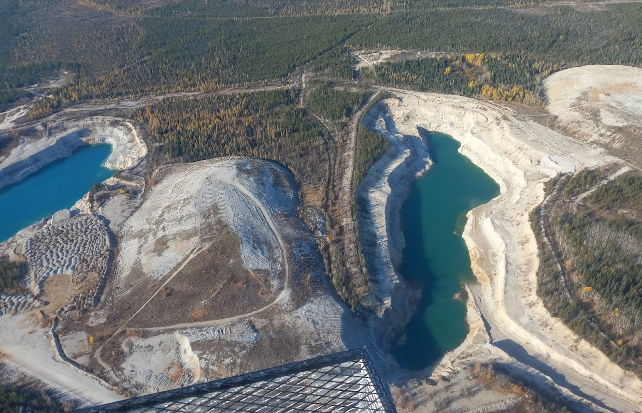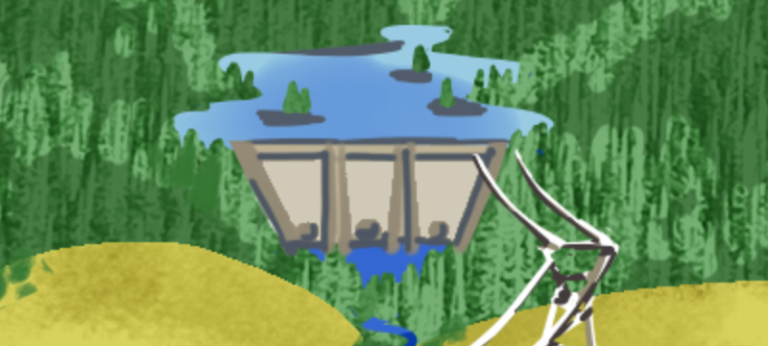Planning and Designing
for Resilient and Green Infrastructure


All facets of society urgently need to build asset and infrastructure resilience to climate change and other uncertainties. Infrastructure and its networks (water supply, energy, transportation, etc.) will be affected by the physical impacts of climate variability and change, but will also play an essential role in building resilience to those impacts. Lynker Intel can help you prioritize, plan, and design new or retrofit old infrastructure and planning tools in a more thoughtful environmentally aligned (“green”) manner that can account for the climate and other changes that may occur over its lifetime.
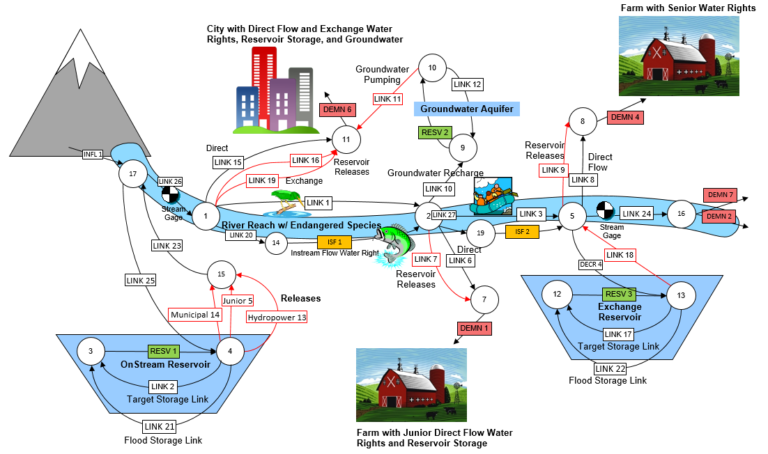
For example, Lynker Intel has been providing water supply planning and modeling expertise for over 20 years to municipal, state, and federal clients. We provide customized modeling solutions, which allow our clients to plan for changes in future water demand and climate change impacts. Lynker’s in-house water allocation model, CRAM, helps our clients evaluate the needs of their water supply system by performing reservoir sizing evaluations, firm yield analysis, evaluation of new water rights, and capital improvement project planning. By coupling water supply planning models with optimization algorithms, we are able to provide our clients with new intelligence to make their system operations more resilient.
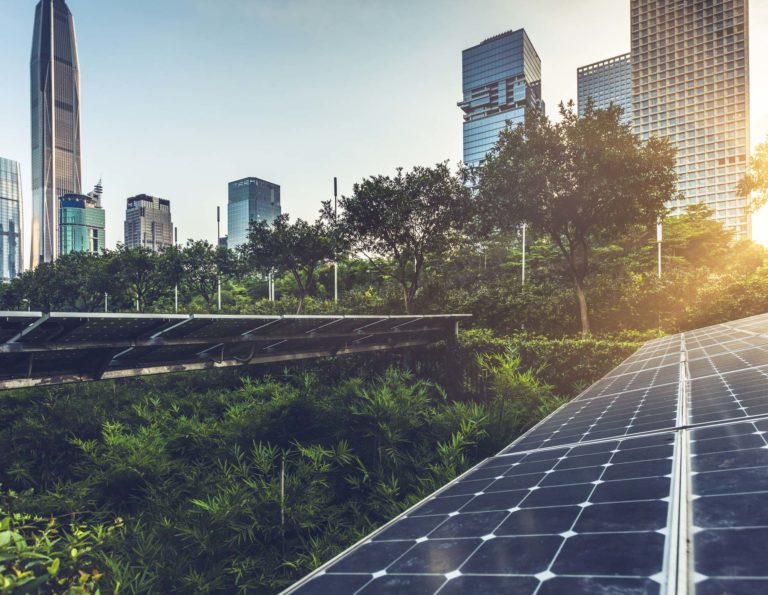
New infrastructure assets should be prioritized, planned, designed, built and operated to account for the climate changes that may occur over their lifetimes. Existing infrastructure may need to be retrofitted, or managed differently, given climate change. Additional infrastructure, such as river defenses, mangroves, sea walls, and beaches and reefs, will need to be constructed to address the physical impacts of climate change and enhanced fluvial and coastal hazards. This additional infrastructure will include natural infrastructure, such as wetlands and nature-based river designs, as well as traditional infrastructure, such as hard defenses and other engineered solutions.
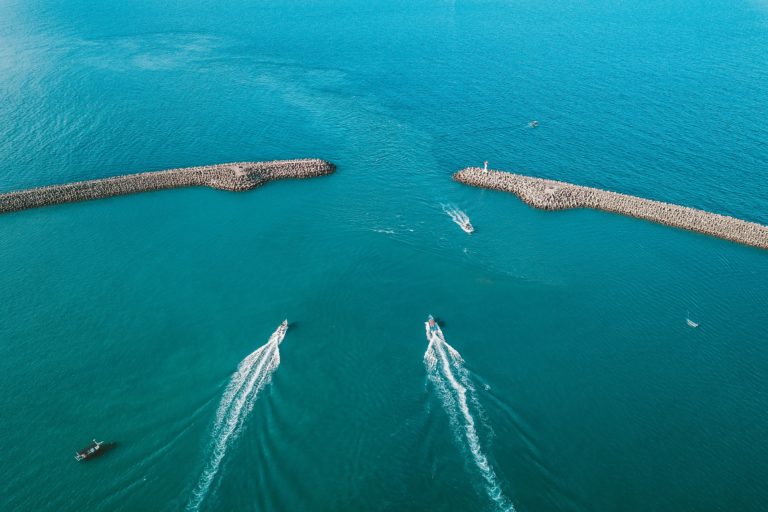
Lynker Intel uses our climate and physically based risk assessment modeling and experience to help clients design climate-resilient infrastructure that has the potential to improve the reliability of service provision, increase asset life and protect asset returns. Building climate resilience can involve a package of structural measures such as raising the height of bridges to account for sea-level rise or using natural infrastructure such as protecting or enhancing natural drainage systems, and management measures such as changing maintenance schedules and including adaptive management to account for uncertainty in the future.
Relevant Case Study
